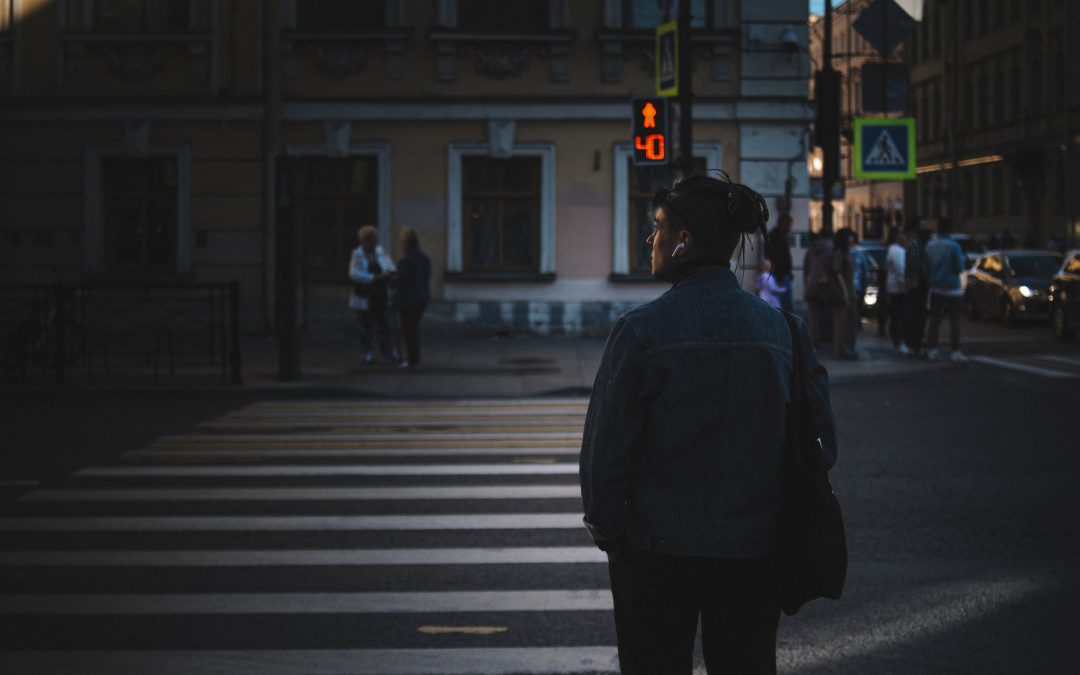Let’s start with the basics- biology to be more exact. Anxiety is an essential life preserving “super power” that confirms the fact that you are indeed human. Every single one of us feels it. Yep, even your calm, cool and collected co-worker. The one we all want to be more like. Trust me! They feel it too.
Anxiety is useful because it keeps us safe and aware of potential dangers.
It’s what contributes to our fight or flight response.
So, then what’s the difference between our normal anxiety and an anxiety disorder?
It really comes down to logic.
When our normal healthy anxiety reflexes are triggered, we should be able to rationally recognize the threat that caused it.
For example, imagine you’re in the middle of a crosswalk and there’s a car approaching.

It’s getting close…and closer
In fact, it looks like it’s actually speeding up!
At that moment, you’ll sense the risk of danger – your mind will go into overdrive, and you will either fight (attack the approaching car), flight (run across the street) or hide (behind a stop sign, maybe?)
Unless you’ve trained your entire life to fight large metal objects, you’re most likely going to run to safety.
However, once you’ve made it across the street, You’ll quickly notice that your heart is racing and your insides feel a bit “shaky”
That, my friend, is a sign of realistic anxiety
But one key factor here is that after a few moments- once the danger has passed, your stress will begin to settle, bringing with it your heart rate and any feelings of nervousness.

Now, let’s rewind a bit and imagine that you had the same heart-racing sense of panic BEFORE you’ve even crossed the street. Imagine that while you were waiting to cross the street, an intrusive thought popped into your head.
“What if a semi-truck comes speeding down the street and hits me while I’m standing here?!”
Now, that wouldn’t be a logical fear because,
- A) There is no actual threat at that moment
- B) Though possible the likelihood of it happening would be low.
But, someone suffering from an anxiety disorder could have a hard time regulating these irrational stress responses once they have begun.
These unregulated anxiety attacks can have lasting effects on our mental health because they can grow into fully developed phobias. In which you completely avoid the situation or place that triggers their anxiety.
For example, our anxious friend above could one day decide that it’s best to just avoid the risk by never waiting at a crosswalk again.
That decision would quickly begin to negatively affect their wellbeing by preventing them from living a fulfilling life beyond the intersection.
No one wants that!
Which is why It’s important for us to seek counseling before our stress and anxiety have become detrimental to our mental health.
So the next time you feel a bit anxious, ask yourself…is this fear local and real or is my anxiety lying to me?
Keep a lookout for our next blog, where we discuss the different types of anxiety and their triggers.
